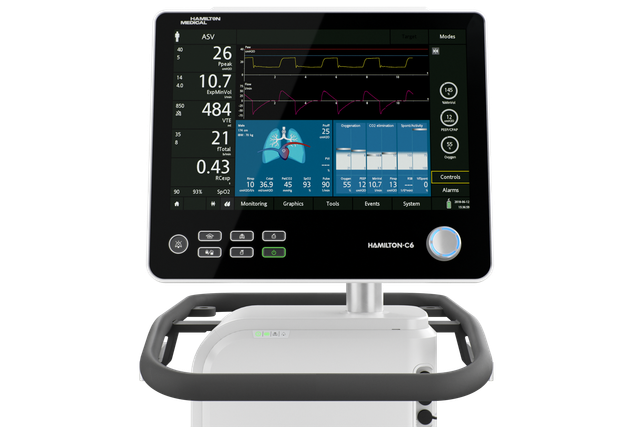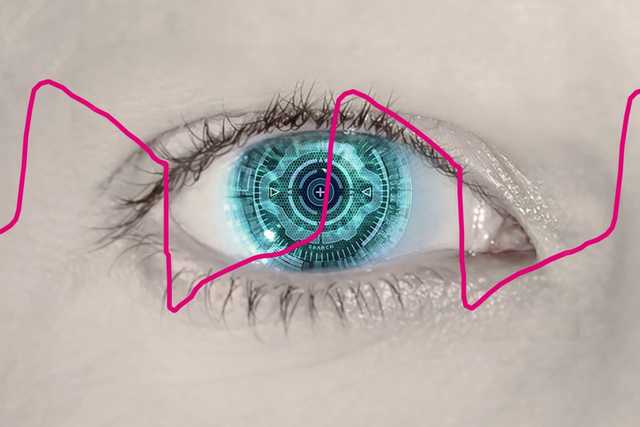
Как определяются асинхронности? Цифровой глаз
Опытный специалист по ИВЛ способен определять асинхронности на глаз по формам кривых потока и давления.
Однако состояние пациента может меняться с каждым вдохом, а специалист не всегда находится рядом.
Именно в этом случае требуется функция IntelliSync+. Эта технология имитирует взгляд специалиста и обнаруживает признаки дыхательного усилия (триггер) и расслабления (циклирование) на кривой.
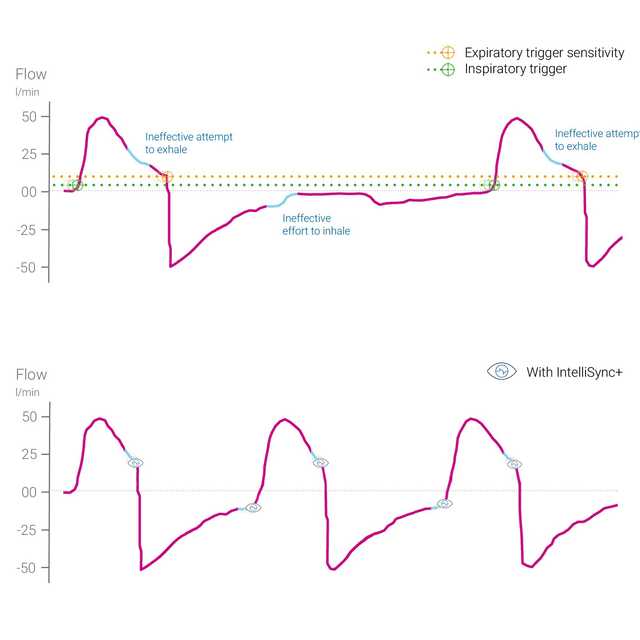
Как это работает? Принцип работы функции IntelliSync+
Функция IntelliSync+ непрерывно анализирует сигналы кривых не менее ста раз в секунду. Это позволяет функции IntelliSync+ немедленно обнаруживать дыхательные усилия пациента и инициировать вдох и выдох в реальном времени, тем самым заменяя обычные настройки триггера для вдоха и выдоха.
Чтобы обеспечить максимальную универсальность применения, функцию IntelliSync+ можно активировать для автоматического срабатывания триггера вдоха, триггера выдоха или их обоих.

Асинхронности ‑ это действительно проблема? Немного доказательств
Приблизительно у 25 % всех пациентов, находящихся на искусственной вентиляции легких, наблюдается большое количество серьезных асинхронностей с аппаратом ИВЛ (
Анализ кривых ‑ это надежный, точный и простой способ оценки синхронизации аппарата ИВЛ с дыханием пациента. Автоматизация этого метода может обеспечить непрерывный мониторинг пациентов, находящихся на ИВЛ, и/или улучшить триггирование и циклирование дыхания (
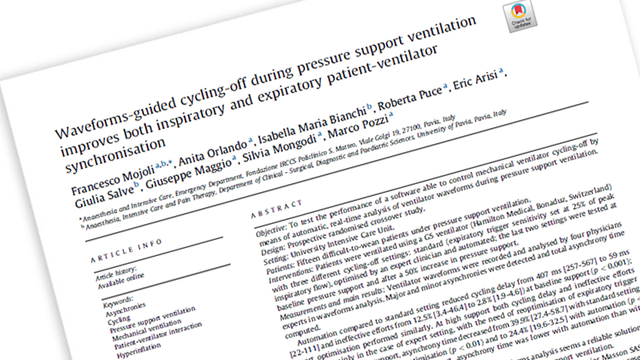
Automated cycling off for improved patient ventilator synchrony
Mojoli F, Orlando A, Bianchi IM, et al.
Недавнее исследование показало, что автоматическое переключение аппарата ИВЛ со вдоха на выдох, выполняемое на основе анализа кривых в реальном времени, является надежным способом улучшения синхронизации дыхания пациентов при проведении искусственной вентиляции легких.
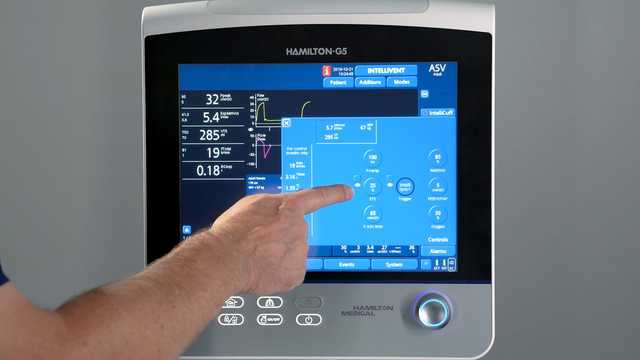
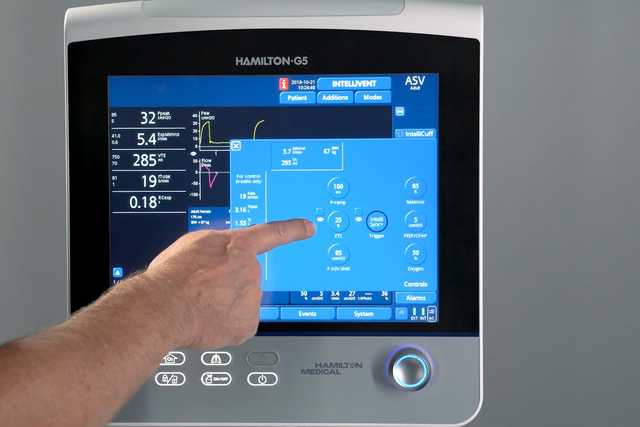
Как это используется? Настройка и использование функции IntelliSync+
IntelliSync+ ‑ это полностью неинвазивный метод, не требующий дополнительного оборудования или принадлежностей. Просто активируйте эту функцию на аппарате ИВЛ, чтобы использовать ее в режимах инвазивной и неинвазивной вентиляции у взрослых и педиатрических пациентов.
Поскольку функция IntelliSync+ также комбинируется с обычными триггерами, ее можно использовать для вдоха, выдоха или в обоих случаях.

Полезно знать! Материалы курса обучения использованию функции IntelliSync+

Научитесь выявлять распространенные асинхронности. Бесплатная справочная карта
В справочной карте приведен обзор наиболее распространенных типов асинхронностей, а также описаны их причины и способы выявления.
Доступность
Функция IntelliSync+ доступна как опция в аппаратах ИВЛ HAMILTON‑C6 и HAMILTON‑G5, а также является стандартной функцией в аппарате HAMILTON‑S1.
Список литературы
- 1. Thille AW, Rodriguez P, Cabello B, Lellouche F, Brochard L. Patient‑ventilator asynchrony during assisted mechanical ventilation. Intensive Care Med. 2006;32(10):1515‑1522. doi:10.1007/s00134‑006‑0301‑8
- 2. Tassaux D, Gainnier M, Battisti A, Jolliet P. Impact of expiratory trigger setting on delayed cycling and inspiratory muscle workload. Am J Respir Crit Care Med. 2005;172(10):1283‑1289. doi:10.1164/rccm.200407‑880OC
- 3. Blanch L, Villagra A, Sales B, et al. Asynchronies during mechanical ventilation are associated with mortality. Intensive Care Med. 2015;41(4):633‑641. doi:10.1007/s00134‑015‑3692‑6
- 4. Mojoli F, Iotti GA, Torriglia F, et al. In vivo calibration of esophageal pressure in the mechanically ventilated patient makes measurements reliable. Crit Care. 2016;20:98. Published 2016 Apr 11. doi:10.1186/s13054‑016‑1278‑5


